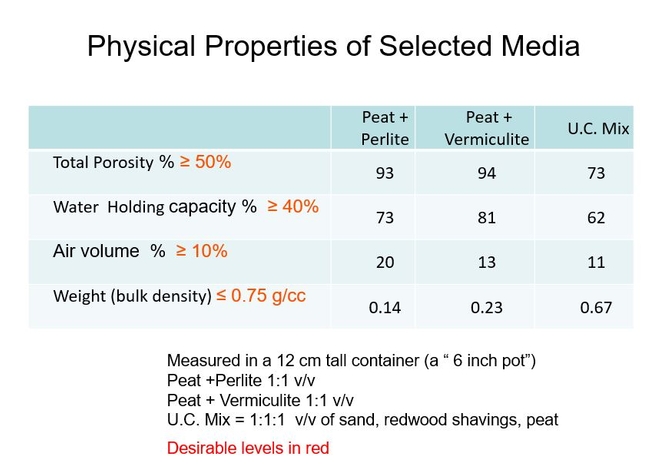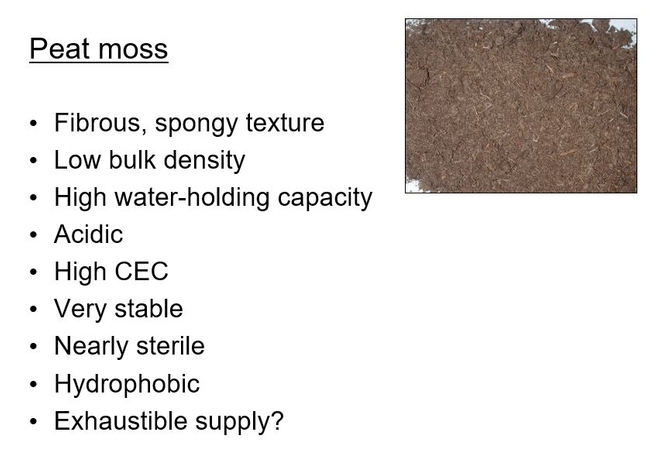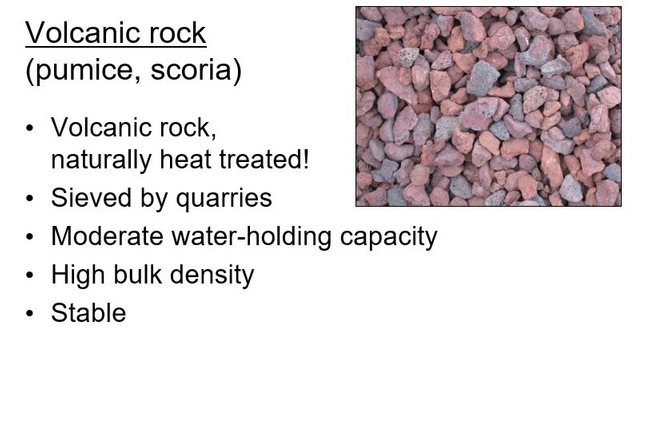The previous blog demonstrated that container organic and inorganic physical components have limited nutrient holding capacity, and therefore the soil mixes they compose must be supplemented with nutrients during crop growth. The selection of the principal components of the soil mix therefore should concentrate on optimizing total porosity, water-holding capacity, air-filled porosity, and overall weight. Nutrients will need to be supplied continuously with controlled-release fertilizers and/or liquid feed.
Previous posts have generalized that relatively coarse particles favor formation of large pores in containers that increase drainage and air-filled porosity. Fine particles form small pores that increase water holding capacity. This generalization is appropriate for materials that have a very narrow particle size range. In most container mixes, however, accurate predictions of the air-filled porosity and water holding capacity are difficult or impossible because of the irregular shapes and varied internal porosities of the particles in the medium. The ultimate packing configuration of the particles is not easily predicted. The mixing practices, filling and packing of the pots, and settling of the media after irrigations impact the ultimate physical properties of the soil mix too. This, of course, is why soil mix physical properties should be measured with standardized procedures. Here are examples of properties of three container mixes measured under standardized conditions. Fig 1.
Consider using components based on their availability, uniformity, cost, stability, nutrient holding capacity, and freedom from toxicity, salts, pests and pathogens. Here are some common components that provide the principal structural framework of soil mixes and their properties.
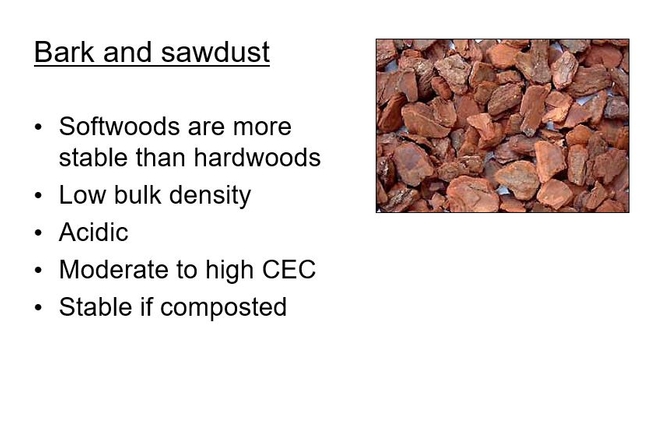
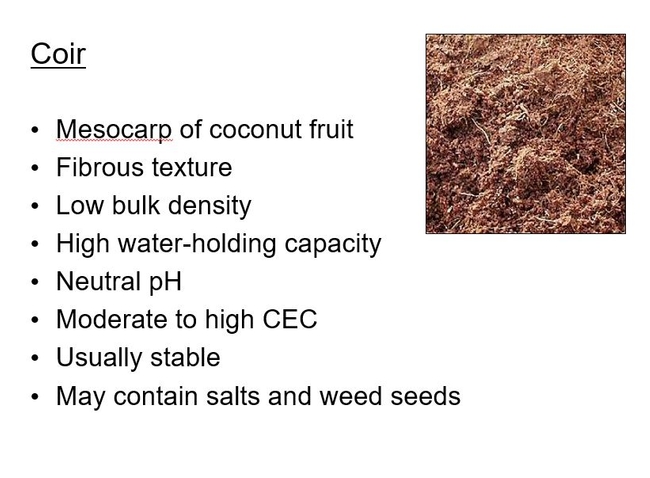
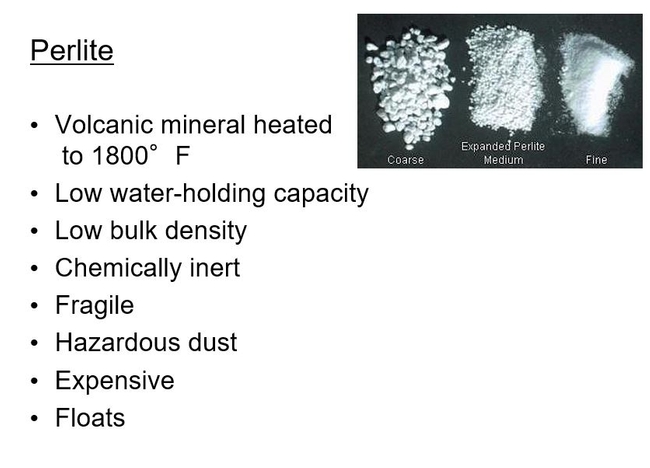
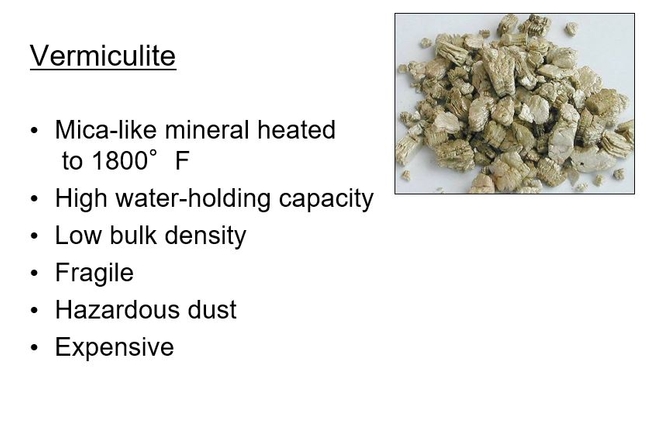
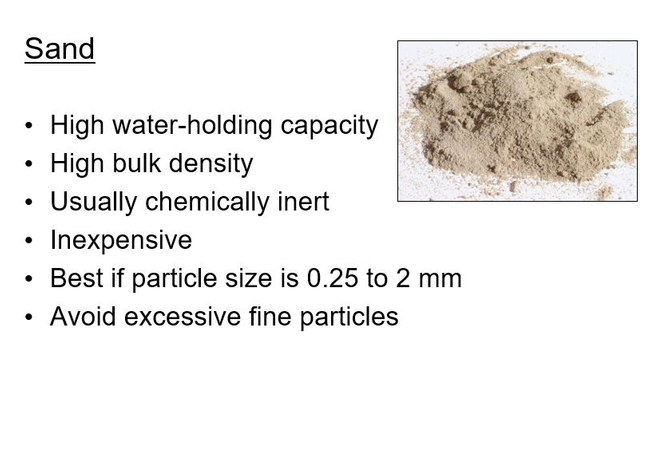
Figures and tables adapted from: Management of Container Media by Richard Evans, UC Davis, for the class, ENH 120. Thanks to Richard.
